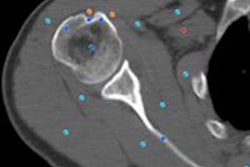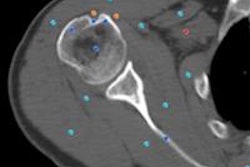A compact camera that combines gamma ray and optical imaging could bring big changes to the way tumors and lymph nodes are identified and removed, according to a pair of U.K. universities that are developing the device.
The camera's diminutive size will allow for efficient bedside diagnosis along with small organ imaging, surgical investigation, and real-time visualization of drug delivery, according to researchers from the universities of Nottingham and Leicester, which are developing the technology.
Other potential applications include thyroid and lymph node drainage as well as lacrimal drainage, the group wrote in a statement.
The handheld camera's hybrid technology combines optical and gamma imaging to improve the efficiency and accuracy of removing tumors intraoperatively, according to the research team led by Dr. John Lees from the University of Leicester's department of physics. The device's small size means it doesn't need a room of its own.
For one of the most common procedures using gamma imaging technology, sentinel node imaging for women with breast cancer, the camera's small size will facilitate the procedure during surgery, and help avoid missed nodes, the study team noted.
The project is funded by the Science and Technology Facilities Council's (STFC) Challenge Led Applied Systems Program (CLASP), the University of Leicester reported. The universities have formed a spinout company, Gamma Technologies, to commercialize the device.



















